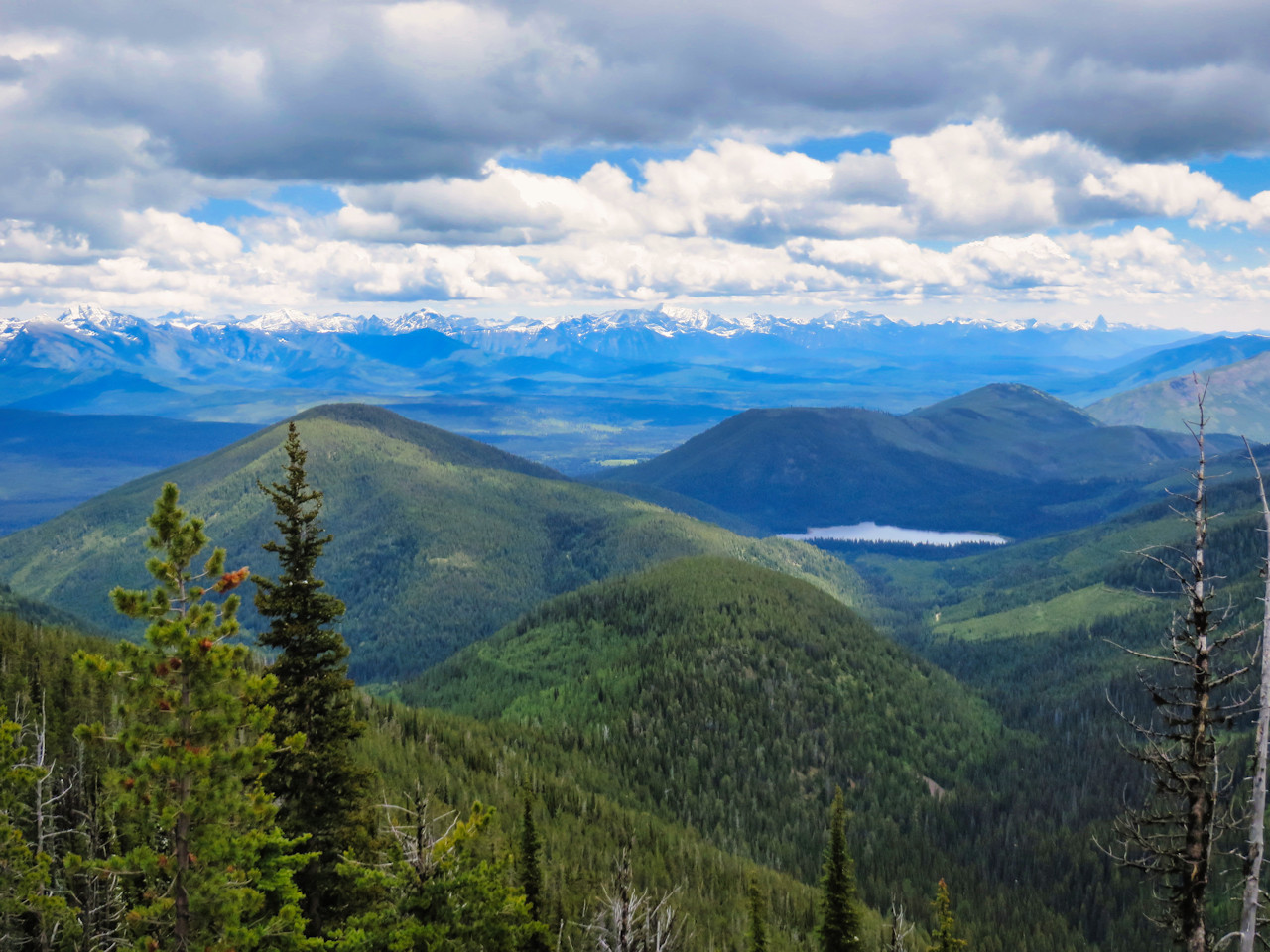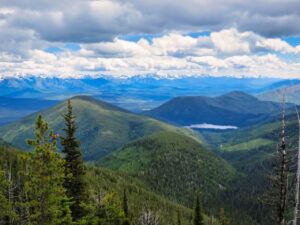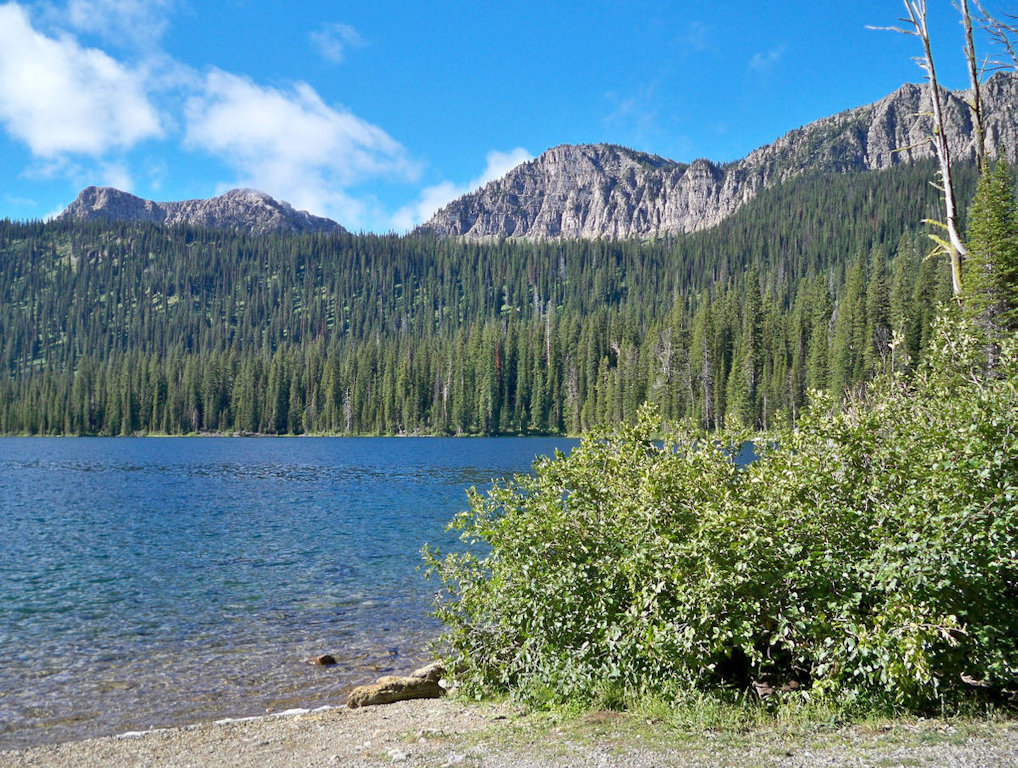
Timothy Egan, a frequent op-ed contributor to the New York Times, wrote this punchy tribute to public lands . . .
At dawn the woodpeckers start in, hammering heads against tree trunks, and you wonder if there’s a better way for a bird to make a living. Oh, the avian migraines. Twilight lingers till nearly 11 p.m.; if there’s a decent moon, you can fish in the silver light of Montana’s longest days.
When the sun is high, you swing from a rope tied to a cedar tree and drop into the great grip of the Kootenai River current, then swim back to the raft, to float and cast a fly line and look at ospreys and take in the grandeur of this land — your land, my land, an immense national forest.
Teddy Roosevelt left his initials on the outside wall of the community hall of Troy, a little shrug of a town along the river. But he left much more than that here in the far corner of northwest Montana and all over the West: an endowment to every American, rich and poor alike, their inheritance of public land.

